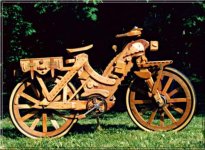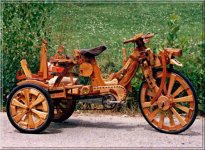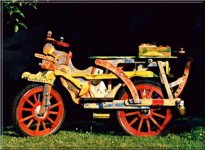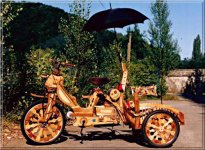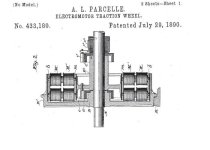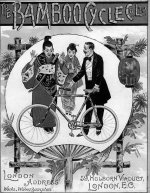Lock
100 MW
Sven works with wood too:
http://www.stolz-mit-holz.de/index.html
His site doesn`t show off his projects very well, but he`s posted this one video about his "Bulldog" bike:
http://www.youtube.com/watch?v=ik5MEh3GAO4
[youtube]ik5MEh3GAO4[/youtube]
Not an ebike, but the same possibilities for pack storage, and it`s fun to see how he has integrated other electrics into the frame...
Looking forward to seeing watt his new "Pornobike" looks like.
Tks
Lock
http://www.stolz-mit-holz.de/index.html
His site doesn`t show off his projects very well, but he`s posted this one video about his "Bulldog" bike:
http://www.youtube.com/watch?v=ik5MEh3GAO4
[youtube]ik5MEh3GAO4[/youtube]
Not an ebike, but the same possibilities for pack storage, and it`s fun to see how he has integrated other electrics into the frame...
Looking forward to seeing watt his new "Pornobike" looks like.
Tks
Lock



